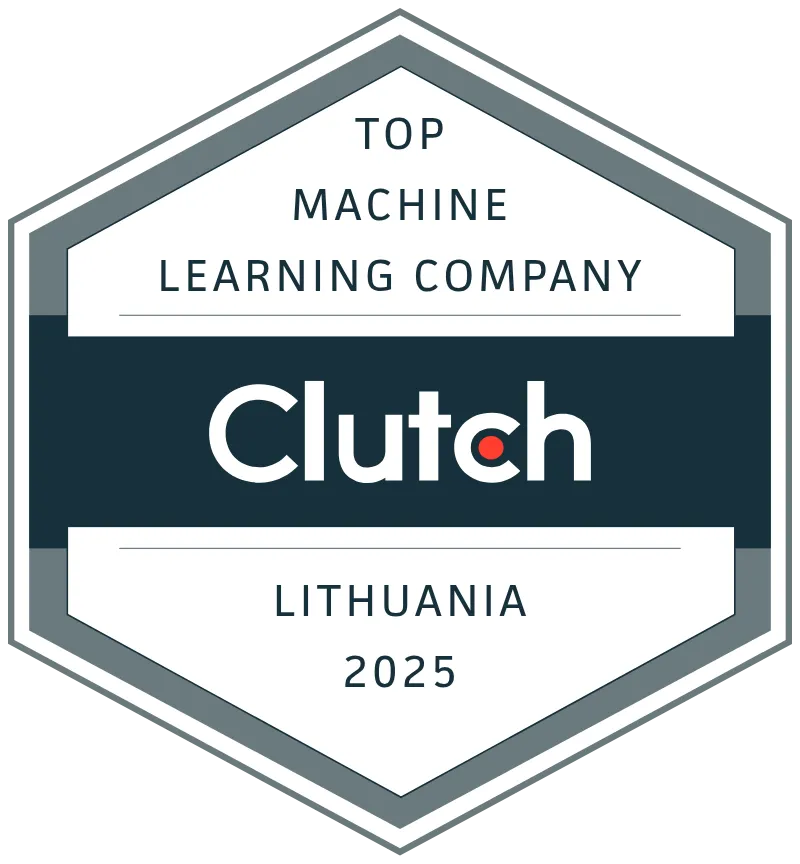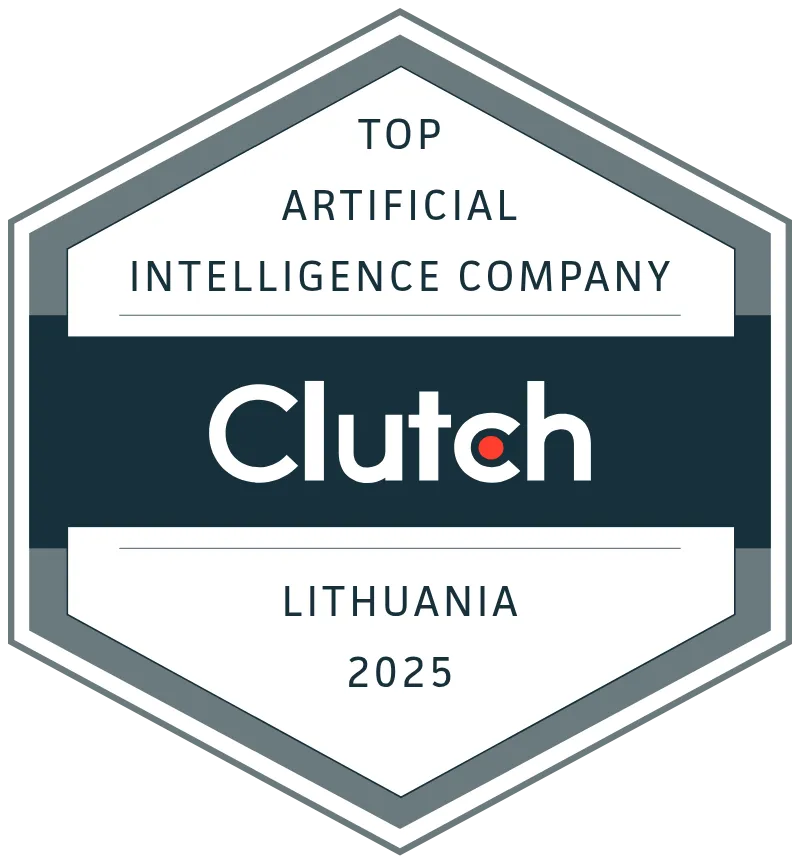What is Artificial Intelligence (AI)?
Artificial Intelligence (AI) refers to the simulation of human intelligence in machines that are designed to think and act like humans. These machines are programmed to perform specific tasks that typically require human intelligence, such as learning, reasoning, problem-solving, perception, language understanding, and decision-making. AI can be categorized into different types based on their capabilities and applications:
Narrow AI (Weak AI):
Designed to perform a specific task or a narrow range of tasks. Examples include virtual assistants like Siri and Alexa, recommendation systems like those used by Netflix and Amazon, and image recognition software.
General AI (Strong AI):
Possesses the ability to understand, learn, and apply knowledge across a wide range of tasks, similar to human intelligence. This level of AI is theoretical and has not yet been achieved.
Artificial Superintelligence:
Refers to AI that exceeds human intelligence in all aspects, including creativity, problem-solving, and social intelligence. This concept is mostly speculative and the subject of much debate and research.
What is Automation?

Automation is the use of technology to perform tasks with reduced human intervention. It involves the application of machines, control systems, and software to operate processes in manufacturing, services, or other activities to increase efficiency, accuracy, and consistency. Automation can range from simple tasks, such as setting a timer to control lights, to complex operations.
Difference between AI and automation
There are a lot of differences between the two, but in simple terms, here are the main differences between the two:
Automation
- Focus: Performing repetitive tasks efficiently and accurately.
- Process: Follows predefined rules and procedures.
- Intelligence: Limited to executing predetermined actions.
- Examples: Robotic process automation (RPA), assembly lines, automated email responses.
AI (Artificial Intelligence)
- Focus: Mimicking human intelligence to solve complex problems.
- Process: Learns from data, adapts to new information, and makes decisions.
- Intelligence: Can understand, reason, learn, and problem-solve.
- Examples: Image recognition, natural language processing, self-driving cars, generative ai.
Benefits of AI and Automation

AI and automation have become powerful forces across industries. While they are often used as synonymous, they offer distinct advantages.
AI Benefits
Artificial Intelligence (AI) brings a level of understanding to problem solving and decision making. Its key benefits include:
Increased Efficiency:
- Optimized processes: AI identifies bottlenecks and inefficiencies, streamlining operations.
- Predictive analytics: Forecasting demand and resource allocation improves efficiency.
- Automation of routine tasks: Freeing human resources for strategic initiatives.
Data-Driven Insights:
- Data analysis: changing raw data into actionable intelligence.
- Informed decision-making: Supporting evidence-based strategies.
Problem-Solving Capabilities:
- Complex problem resolution: Handling multifaceted challenges beyond human capacity.
- Innovation: Generating new ideas and approaches.
- Adaptive learning: Continuously improving solutions through experience.
Automation Benefits
Automation involves the execution of tasks with minimal human intervention. Its primary advantages are:
Cost Reduction:
- Labor savings: Replacing manual labor with automated systems.
- Error reduction: Minimizing costly mistakes.
- Increased productivity: Maximizing resource utilization.
Consistency:
- Standardized processes: Ensuring uniform output quality.
- Reduced variability: Minimizing inconsistencies.
- Reliable performance: Delivering consistent results.
Task Speed:
- Accelerated processes: Completing tasks faster than humanly possible.
- Increased throughput: Handling larger volumes of work.
- Real-time operations: Enabling immediate responses.
Industry Applications: AI vs Automation
Here are some real-world examples of how companies are using automation:
Businesses are increasingly leveraging both AI and automation to optimize their operations. While automation focuses on executing predefined tasks to enhance efficiency, AI incorporates learning and adaptability, allowing it to perform more complex, decision-making tasks. This distinction is crucial for businesses seeking to strategically integrate both technologies for optimal performance.
DHL

DHL Global Forwarding has integrated robotic process automation (RPA) to streamline its logistics operations, automating repetitive tasks and freeing up employees for more valuable work. Launched in partnership with UiPath, the RPA initiative initially increased efficiency by 50% and replaced the work of 500 full-time employees with 160 bots. The successful "Post Flight" pilot project reduced manual intervention in-flight data processing, resulting in significant cost savings and a full ROI within one month.
BMW

BMW Group Plant Regensburg is using an end-to-end digitalized and automated process to inspect, process, and mark painted vehicle surfaces. Using AI-controlled robots, the plant ensures high-quality standards in vehicle production.
The automated processes consists of three steps: Automated Surface Inspection using deflectometry to detect imperfections, Automated Surface Processing using robots to sand and polish surfaces, and Automated Surface Marking using laser projectors to highlight potential defects. This innovative approach, which has been in operation since March 2022, increases efficiency and consistency in production and is in line with BMW's vision of the digital and intelligent BMW iFACTORY.
Use cases of artificial intelligence
Here are some real-world examples of how companies are using AI, often relying on AI developers to implement these systems:
JPMorgan

JPMorgan Chase has started rolling out a generative AI product, similar to OpenAI’s ChatGPT, designed to perform tasks typically handled by research analysts, according to the Financial Times. The AI, named LLM Suite, uses machine learning to assist employees in decision-making by replicating cognitive processes and adapting to data. The AI assists employees in the asset and wealth management division with writing, idea generation, and document summarization. Introduced earlier this year, around 50,000 employees now have access to it.
Walmart

Walmart has launched an AI-powered inventory management system to improve the holiday shopping experience, ensuring customers find the gifts and decorations they want at the lowest cost. Using historical data and predictive analytics, the system strategically places holiday items in stores and fulfillment centers to optimize inventory flow and delivery. The AI/ML engines incorporate macro weather patterns, economic trends, and local demographics to accurately predict demand. In addition, the system can "forget" anomalies to maintain inventory efficiency.
Impact on Job Roles and Tasks
Both AI and automation are transforming job roles by:
- Automating routine tasks: Repetitive and predictable tasks are prime candidates for automation, freeing up human workers to focus on higher-level cognitive functions.
- Augmenting human capabilities: AI can enhance human performance by providing insights, recommendations, and support in complex decision-making processes.
- Creating new job opportunities: While some jobs may be displaced, AI and automation will also create demand for new roles related to technology development, maintenance, and strategic implementation.
Jobs Susceptible to Automation
Jobs with a high degree of routine, predictable tasks are more likely to be affected by automation. These include roles in:
- Manufacturing
- Customer service
- Data entry
- Transportation (e.g., truck driving, in certain contexts)
However, it's essential to note that automation is not a simple replacement for human labor. Many jobs involve a combination of routine and non-routine tasks, and automation may only impact specific components of a role.
AI's Potential for Creating New Job Categories
AI is driving the emergence of entirely new job categories and industries. Some examples include:
- AI specialists: Developers, engineers, and scientists who design and build AI systems.
- AI ethicists: Professionals who ensure the ethical development and deployment of AI technologies.
- AI trainers: Experts who teach AI systems to perform specific tasks.
- Data scientists: Professionals who extract valuable insights from large datasets to inform decision-making.
Balancing Human and Machine Intelligence
The key to successfully implementing AI and automation is finding the right balance between human and machine intelligence. While AI excels at processing large amounts of data and performing complex calculations, humans bring creativity, critical thinking, and emotional intelligence to the table.
By combining the strengths of both, organizations can achieve greater efficiency, innovation, and productivity. This requires a focus on upskilling and reskilling the workforce to adapt to the changing nature of work.
The Future of AI and Automation

Here are some key trends and considerations regarding the evolution of AI and automation:
Advancements in AI Technology
- AI Models and Algorithms: The development of more sophisticated AI models, such as GPT-4 and beyond, is leading to increasingly human-like abilities in language processing, decision-making, and creativity. These models are becoming more adept at understanding context, generating content.
- Machine Learning and Deep Learning: As AI models are trained on larger datasets, they will continue to improve in their ability to make accurate predictions and decisions. This will be particularly impactful in areas like healthcare, where AI can assist in diagnosis and personalized treatment plans.
Automation of Jobs and Tasks
- Job Displacement: Automation will continue to replace routine and repetitive tasks in industries such as manufacturing, logistics, and retail. This could lead to significant job displacement, particularly in sectors where human labor is currently heavily relied upon.
- New Job Creation: While some jobs will be lost, new ones will be created, particularly in fields related to AI development, maintenance, and oversight. Additionally, roles that require human creativity, emotional intelligence, and complex problem-solving are less likely to be automated.
Can AI replace automation?
AI and automation are not mutually exclusive; they often work together to increase efficiency and productivity. AI can take automation to new lengths by providing intelligence and adaptability. However, it's important to note that while AI can automate certain tasks, it often requires human oversight and intervention.
Which is better, AI or automation?
The short answer is: it depends. Both AI and automation have their strengths, and often, they work best together.
Automation
- Focus: Performs repetitive tasks efficiently and accurately.
- Strengths: Improves speed, reduces errors, and frees up human time for more complex tasks.
- Limitations: Struggles with tasks that require judgment, adaptability, or learning.
Artificial Intelligence
- Focus: Learns from data, makes decisions, and solves complex problems.
- Strengths: Handles unstructured data, adapts to new situations, and can automate decision-making.
- Limitations: Requires large amounts of data and processing power, not always reliable.
How does AI work in automation?

AI-driven automation can adapt to changing conditions, optimize workflows, and reduce the need for manual intervention. It is used in various industries, from manufacturing and logistics to customer service and data processing.
What industries benefit most from AI vs automation?
Industries Benefiting Most from Automation
- Manufacturing: Assembly lines, packaging, and material handling are prime areas for automation.
- Logistics and Warehousing: Robotic picking, packing, and sorting optimize efficiency.
- Customer Service: Automated response systems (IVR) for initial queries.
Industries Benefiting Most from AI
- Healthcare: Diagnosis, drug discovery, personalized medicine, and surgical assistance.
- Finance: Fraud detection, algorithmic trading, risk assessment, and customer service.
- Customer Service: Chatbots and virtual assistants for complex inquiries.
- Marketing: Customer segmentation, predictive analytics, and personalized recommendations.
- Autonomous Vehicles: Self-driving cars, trucks, and drones.
Overview: automation vs. AI
Understanding automation and artificial intelligence is more important today than ever. Many companies are trying to implement it, and you can significantly improve productivity in your daily tasks or just overall life.
You can also get the best of both worlds by applying AI automation to your business processes. The combination of AI systems and automation uses the strengths of both technologies to allow intelligent decision-making within automated workflows, increasing efficiency and effectiveness beyond what either could achieve alone.
Final thoughts
Understanding the differences between automation and AI is critical for businesses today. Automation focuses on optimizing to perform repetitive tasks with high efficiency, while AI aims to replicate human intelligence to solve complex problems. Both technologies offer unique benefits and can be effective in changing business operations.

DHL and BMW are using automation to improve logistics and manufacturing processes, increasing efficiency and consistency. On the other hand, JPMorgan and Walmart are using AI to improve decision-making and the customer experience.
All in all, a lot of companies today are slapping the words AI and automation on a lot of things. Although it can often be a marketing tactic, if used properly these technologies can improve a lot of operations or even your daily life.
References
JPMorgan launches in-house chatbot as AI-based research analyst, FT reports
Decking the aisles with data: How Walmart's AI-powered inventory system brightens the holidays
Bring on the bots! How automation can break through bottlenecks




.svg)




